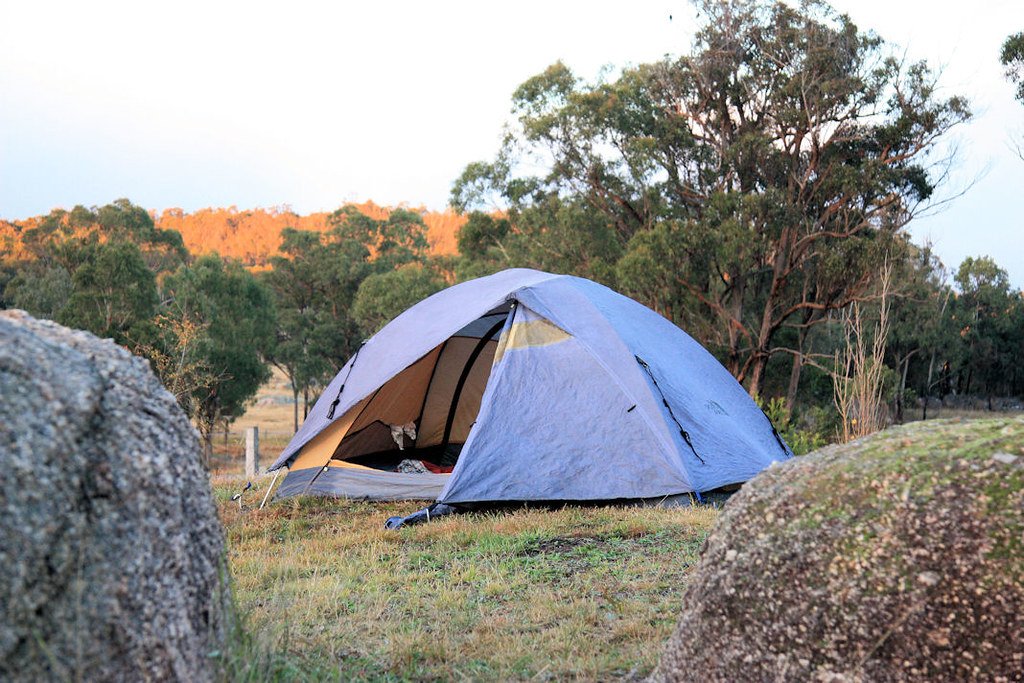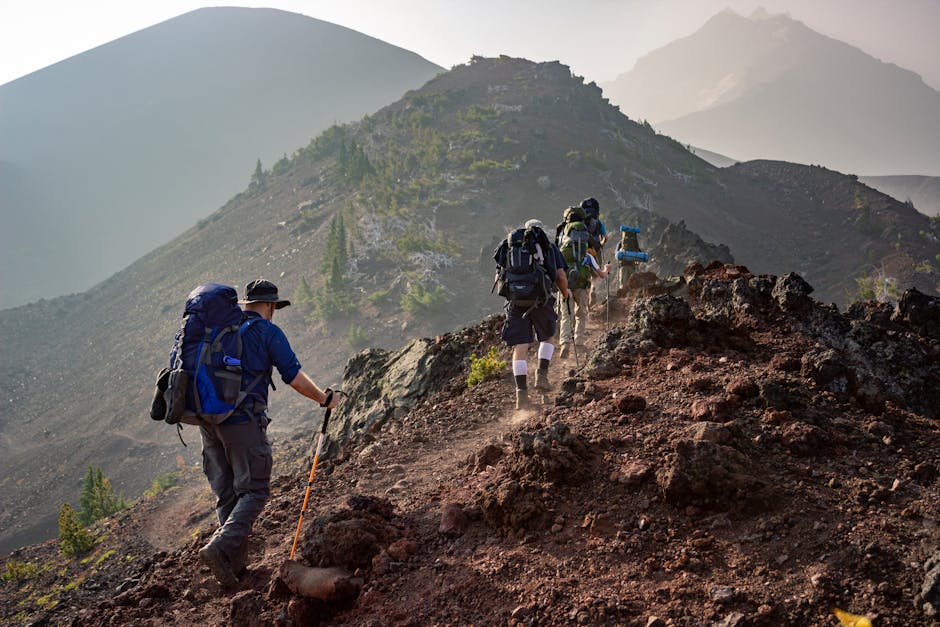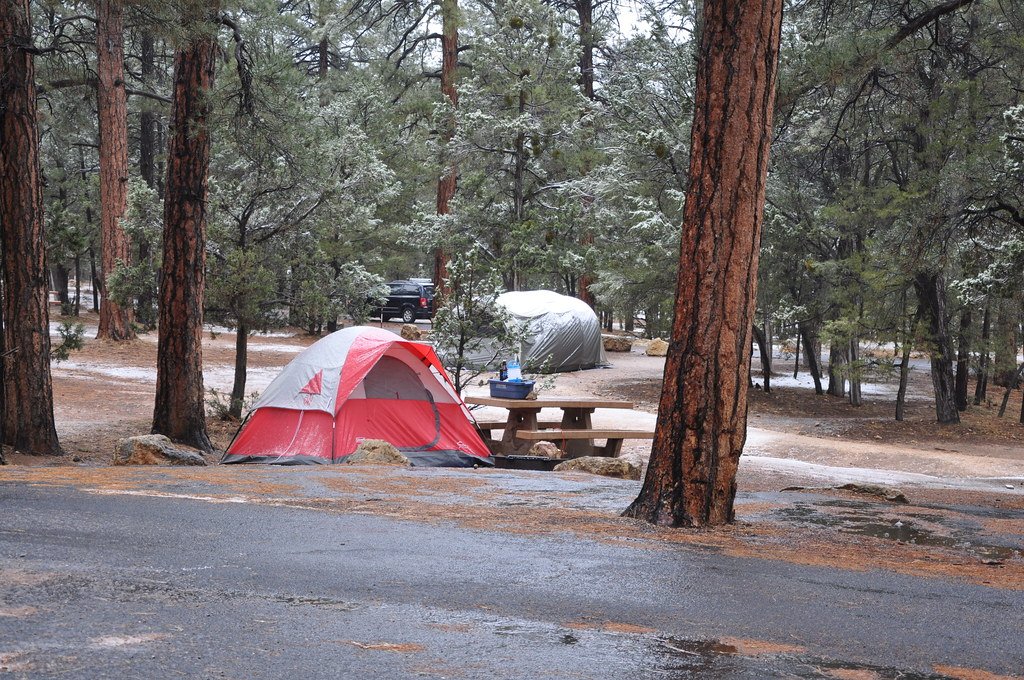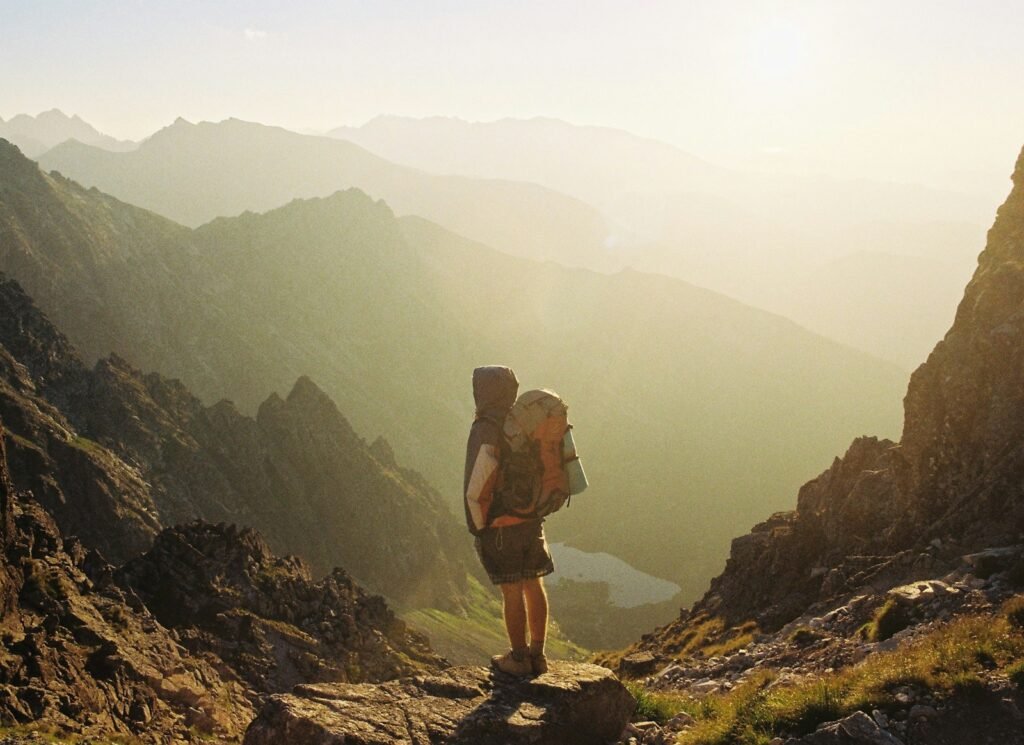Venturing into the wild offers an exhilarating escape from the hustle and bustle of everyday life. The fresh air, towering trees, and the symphony of nature’s sounds create an idyllic backdrop for camping or hiking. However, amidst this beauty lies the potential danger of encountering wild animals. Understanding how to stay safe in these encounters is crucial for any nature enthusiast.
Understanding Animal Behavior

One of the first steps to staying safe is understanding animal behavior. Animals in the wild are not inherently aggressive; they typically react based on perceived threats. For instance, bears are often more interested in your food than in you. Recognizing that most animals will avoid humans if given the chance can ease some anxiety. It’s also important to know that animals may become aggressive if they feel cornered or if their young are threatened. Observing animals from a distance and respecting their space can prevent many dangerous encounters.
Planning Your Route Wisely

Before embarking on your adventure, plan your route with safety in mind. Research the area to understand what types of wildlife are common. Parks and hiking trails often provide information on recent animal sightings. Choose well-marked trails where animal encounters are less likely. Inform someone about your route and expected return time. This way, if something goes wrong, help can be sent your way. A well-thought-out plan can significantly reduce the risk of unexpected wildlife interactions.
Keeping a Safe Distance

Maintaining a safe distance from wildlife is paramount. The general rule is to stay at least 100 yards away from large animals like bears and moose, and about 25 yards from smaller animals such as deer or coyotes. This distance ensures the animal does not feel threatened. Use binoculars for a closer look instead of approaching them. Remember, even seemingly calm animals can become unpredictable if they feel encroached upon.
Proper Food Storage

Food is a major attractant for wild animals. Improper storage can lead to unwanted visitors in your campsite. Use bear-proof containers or hang food at least 10 feet off the ground and 4 feet from the tree trunk. Never store food in your tent, as this can entice animals to enter. Dispose of trash in designated bins and never leave food unattended. By minimizing food smells, you reduce the likelihood of drawing animals into your camp.
Making Noise

While it might seem counterintuitive, making noise can be a great deterrent for wildlife. Animals, like bears, tend to avoid humans and will often retreat if they hear you coming. Clap hands, sing, or talk loudly while hiking. This reduces the chance of surprising an animal, which could lead to defensive behavior. However, ensure the noise is not excessive, as it could disturb other campers or hikers.
Carrying Defensive Tools

Sometimes, carrying defensive tools can provide an extra layer of safety. Bear spray is a popular choice and can be effective if used correctly. It’s crucial to learn how to use it before heading out. A whistle or personal alarm can also come in handy to startle animals. Remember, these tools are for emergencies and should not substitute for precautionary measures. They are a last resort when other safety strategies have failed.
Recognizing Warning Signs

Animals often give warning signs before they attack. Understanding these signals can help you avoid escalation. For instance, a bear may stand on its hind legs or huff loudly, signaling discomfort. Similarly, a rattlesnake will rattle its tail as a warning. If you notice these behaviors, slowly back away without turning your back to the animal. Staying calm and not running can prevent provoking an attack.
Camping with a Group

There’s safety in numbers, and camping with a group can deter wildlife. Animals are less likely to approach a larger group, reducing the risk of encounters. Moreover, having more people means more eyes and ears to detect potential dangers. A group can also provide support in case of emergencies. If you’re new to camping or hiking, consider joining a group to learn from more experienced adventurers.
Respecting Animal Habitats

Respect for animal habitats is not only ethical but also essential for safety. Avoid disturbing nests or dens, as animals will fiercely protect their homes. Stick to trails and campsites to minimize impact on wildlife. This approach ensures that you enjoy nature without disrupting the delicate ecosystems. By respecting their space, you contribute to preserving the natural balance and reduce the risk of dangerous encounters.
Educating Yourself Continually

Education is a powerful tool in staying safe. Continually update your knowledge about the wildlife in the areas you visit. Many parks offer educational programs about local wildlife and safety tips. Books, online resources, and workshops can also provide valuable information. The more you know about the animals you may encounter, the better prepared you will be. Knowledge empowers you to make informed decisions in the wild.
In conclusion, while the allure of the wild is undeniable, safety should always be a priority. By understanding animal behavior, planning wisely, and respecting nature, you can enjoy the beauty of the outdoors while minimizing risks.



